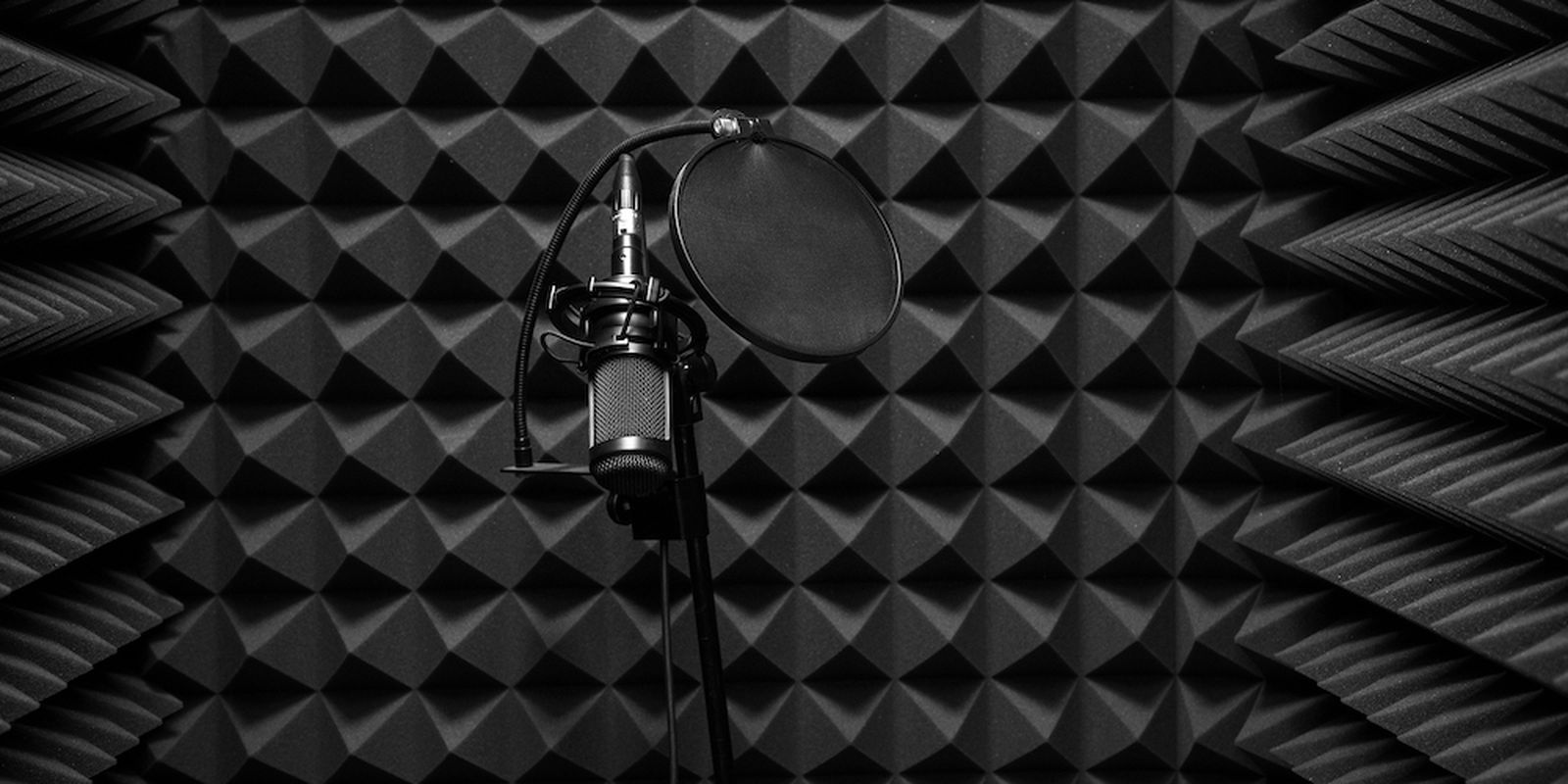Test cabins, also known as test chambers or testing enclosures, play a pivotal role in various industries, including automotive, aerospace, electronics, and more. These cabins provide controlled environments for conducting experiments and testing the performance, durability, and reliability of products under different conditions. The innovative features of modern test cabins have significantly enhanced testing efficiency and accuracy, enabling industries to achieve higher standards of quality and safety. This article delves into the cutting-edge features of contemporary test cabins and their impact on the testing process.
Advanced Environmental Control Systems
One of the most critical aspects of test cabins is their ability to replicate various environmental conditions accurately. Modern test cabins are equipped with advanced environmental control systems that offer precise regulation of temperature, humidity, pressure, and even atmospheric composition. These systems enable engineers and researchers to simulate real-world conditions and understand how products perform under extreme scenarios.
Temperature and Humidity Control
State-of-the-art test cabins come with sophisticated temperature and humidity control systems. These systems can create a wide range of thermal environments, from freezing cold to scorching heat, and maintain specific humidity levels. This is particularly important for testing materials and components that may expand, contract, or degrade under varying thermal conditions. The ability to precisely control these parameters ensures that the test results are reliable and replicable.
Pressure and Altitude Simulation
For industries like aerospace and automotive, simulating different pressure and altitude conditions is crucial. Modern test cabins can replicate high-altitude environments or deep-sea conditions, allowing engineers to assess how products perform under varying atmospheric pressures. This is essential for ensuring the safety and functionality of products designed for high-altitude flights or deep-sea exploration.
Enhanced Data Acquisition and Monitoring
The integration of advanced data acquisition and monitoring systems in modern test cabins has revolutionized the testing process. These systems provide real-time data collection, analysis, and visualization, allowing engineers to make informed decisions quickly and accurately.
Real-Time Data Collection
Modern test cabins are equipped with sensors and data loggers that continuously monitor various parameters during testing. These sensors can measure temperature, humidity, pressure, vibration, and other critical variables. The data is collected in real-time, enabling engineers to observe trends, detect anomalies, and make adjustments on the fly. This immediate feedback loop enhances the accuracy of the testing process and reduces the time required to achieve reliable results.
Automated Reporting and Analysis
Advanced software solutions integrated into modern test cabins offer automated reporting and analysis features. These tools can generate comprehensive reports, highlighting key findings and trends. Automated analysis reduces the risk of human error and ensures that the data is interpreted consistently. Engineers can focus on high-level decision-making rather than spending time on manual data analysis, thereby increasing overall testing efficiency.
Acoustic and Vibration Isolation
In many industries, it is crucial to test products in environments free from external noise and vibrations. Modern test cabins incorporate innovative acoustic and vibration isolation technologies to create pristine testing conditions.
Soundproofing and Acoustic Isolation
Test cabins designed for acoustic testing are equipped with soundproofing materials and acoustic isolation systems. These cabins can simulate various acoustic environments, from quiet offices to noisy factories. By isolating external noise, engineers can accurately measure the sound levels and acoustic properties of products, ensuring they meet industry standards for noise emissions and sound quality.
Vibration Dampening
For products subjected to mechanical stress and vibrations, modern test cabins offer advanced vibration dampening systems. These systems can simulate different types of vibrations, such as those encountered during transportation or operation. By isolating external vibrations, engineers can accurately assess the durability and performance of products, identifying potential weak points and areas for improvement.
Customization and Flexibility
Modern test cabins are designed to be highly customizable and flexible, catering to the specific needs of various industries and testing requirements. This adaptability enhances the overall efficiency and effectiveness of the testing process.
Modular Design
Many modern test cabins feature a modular design, allowing for easy reconfiguration and expansion. This flexibility enables engineers to adapt the cabin to different testing scenarios without the need for extensive modifications. Whether testing small components or large assemblies, modular test cabins can be tailored to accommodate various sizes and shapes of test subjects.
Integration with Other Testing Equipment
Modern test cabins can be seamlessly integrated with other testing equipment and systems. This interoperability allows for comprehensive testing procedures that encompass multiple aspects of product performance. For example, a test cabin can be connected to a mechanical testing rig or an environmental chamber to conduct simultaneous tests, providing a holistic view of how products behave under different conditions.
Enhanced Safety Features
Safety is paramount in any testing environment, and modern test cabins are equipped with innovative safety features to protect both personnel and equipment.
Emergency Shutdown Systems
Modern test cabins are equipped with emergency shutdown systems that can quickly halt testing procedures in case of any abnormalities or safety hazards. These systems are designed to protect both the test subjects and the testing personnel, ensuring a safe testing environment.
Remote Monitoring and Control
With the advent of advanced communication technologies, modern test cabins offer remote monitoring and control capabilities. Engineers can monitor and control testing procedures from a safe distance, reducing the risk of exposure to hazardous conditions. This feature is particularly beneficial for testing dangerous materials or conducting tests in extreme environments.
